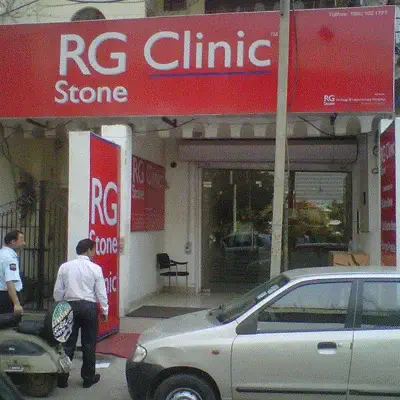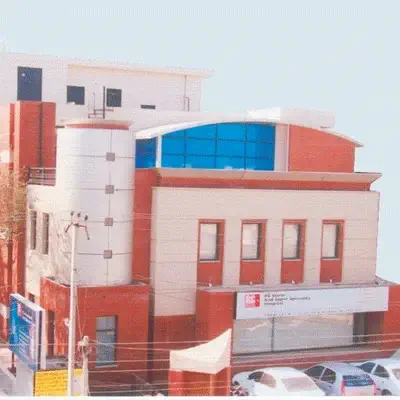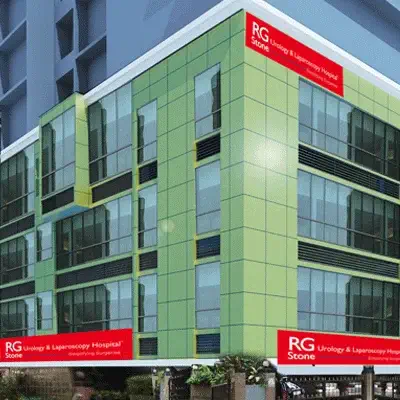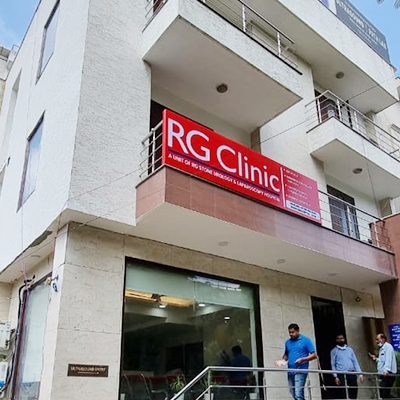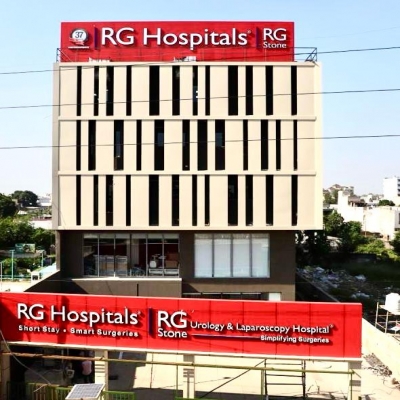Voiding difficulty, also known as dysfunctional voiding or urinary retention, refers to problems with emptying the bladder completely or initiating urination. The causes can be diverse, ranging from physical obstructions to neurological issues. Common physical causes include enlarged prostate in men, pelvic organ prolapse in women, urethral strictures, or bladder stones. Neurological causes may involve conditions like multiple sclerosis, Parkinson's disease, or spinal cord injuries that interfere with nerve signals controlling urination. Certain medications, particularly those with anticholinergic effects, can also lead to voiding difficulties. Symptoms typically include a weak or intermittent urine stream, straining to urinate, a sense of incomplete bladder emptying, frequent urination (especially at night), and in severe cases, the inability to urinate at all (acute urinary retention).
Diagnosing voiding difficulty involves a comprehensive approach. It typically begins with a detailed medical history and physical examination, including a neurological assessment. Urinalysis is performed to check for infections or other abnormalities. Post-void residual (PVR) volume measurement, either through catheterization or ultrasound, is crucial to determine how much urine remains in the bladder after voiding. Uroflowmetry, which measures urine flow rate and volume, can provide valuable information about voiding patterns. More advanced diagnostic tools may include urodynamic studies to assess bladder and urethral function, cystoscopy to visualise the inside of the bladder and urethra, and imaging studies like CT scans or MRIs to identify any structural abnormalities. In some cases, neurological testing may be necessary to evaluate nerve function related to bladder control.
Procedures & Interventions
These include double voiding (urinating, waiting a few minutes, then trying again) and scheduled voiding. Pelvic floor relaxation exercises may also be taught to improve coordination during urination.
For severe cases, intermittent or indwelling catheterization may be necessary. This involves inserting a tube into the bladder to drain urine, either periodically or continuously.
Various drugs can be prescribed depending on the underlying cause. Alpha-blockers may help relax the bladder neck and prostate, while cholinergics can improve bladder contraction.
In cases of detrusor-sphincter dyssynergia, Botox injections into the urethral sphincter can help relax the muscle and improve voiding.
For urethral strictures, the urethra can be dilated using special instruments to widen the passage for urine flow.
Depending on the cause, surgeries like transurethral resection of the prostate (TURP) for enlarged prostate, or repair of pelvic organ prolapse may be necessary.
Sacral nerve stimulation or posterior tibial nerve stimulation can be used to modulate nerve signals controlling bladder function.
This can help improve muscle coordination and strength, particularly beneficial for functional voiding difficulties.
Managing underlying neurological conditions or adjusting medications that may be contributing to voiding difficulties is crucial for long-term improvement.
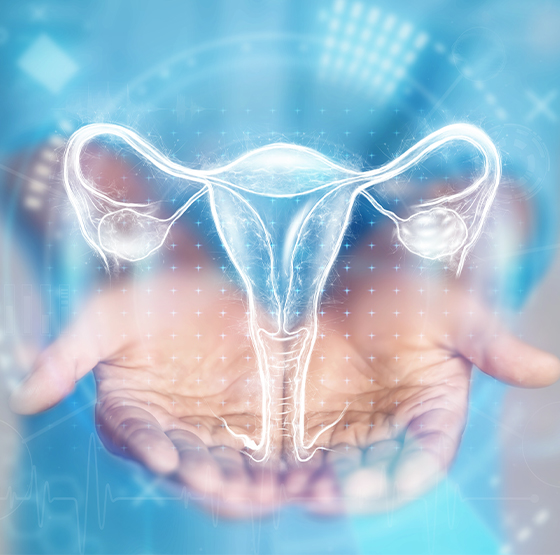
These include double voiding (urinating, waiting a few minutes, then trying again) and scheduled voiding. Pelvic floor relaxation exercises may also be taught to improve coordination during urination.
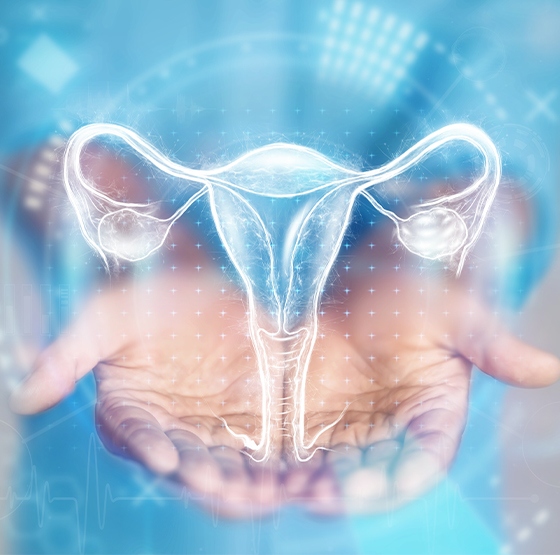
For severe cases, intermittent or indwelling catheterization may be necessary. This involves inserting a tube into the bladder to drain urine, either periodically or continuously.

Various drugs can be prescribed depending on the underlying cause. Alpha-blockers may help relax the bladder neck and prostate, while cholinergics can improve bladder contraction.

In cases of detrusor-sphincter dyssynergia, Botox injections into the urethral sphincter can help relax the muscle and improve voiding.

For urethral strictures, the urethra can be dilated using special instruments to widen the passage for urine flow.

Depending on the cause, surgeries like transurethral resection of the prostate (TURP) for enlarged prostate, or repair of pelvic organ prolapse may be necessary.

Sacral nerve stimulation or posterior tibial nerve stimulation can be used to modulate nerve signals controlling bladder function.
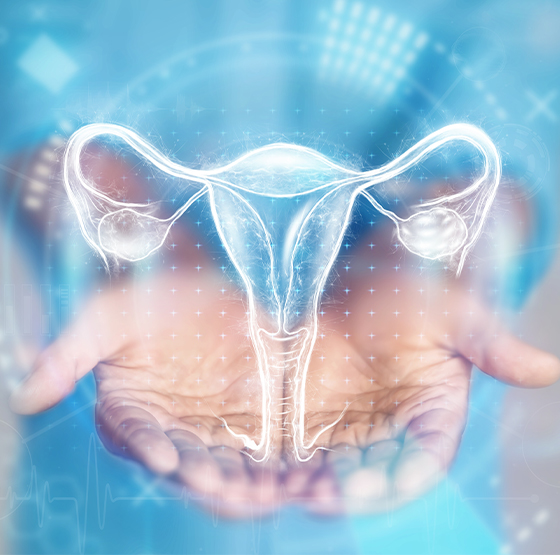
This can help improve muscle coordination and strength, particularly beneficial for functional voiding difficulties.

Managing underlying neurological conditions or adjusting medications that may be contributing to voiding difficulties is crucial for long-term improvement.
Team of Excellence
Behind every recovery story at RG Hospitals is a team of exceptional doctors whose passion for healing and innovation continues to transform healthcare and redefine patient outcomes.
Find a DoctorLooking for an Expert
RG Hospitals is proud to be the home of some of the world's most distinguished doctors.

Patient Stories
View AllPatient Testimonial | Commitment To Care
Treated by Dr. Manoj Gupta , RG Stone Hospital, Dehradun
- All Locations
- New Delhi
- Haryana
- Punjab
- Kolkata
- Chennai
- Mumbai
- Goa
- Uttar Pradesh
- Uttarakhand







